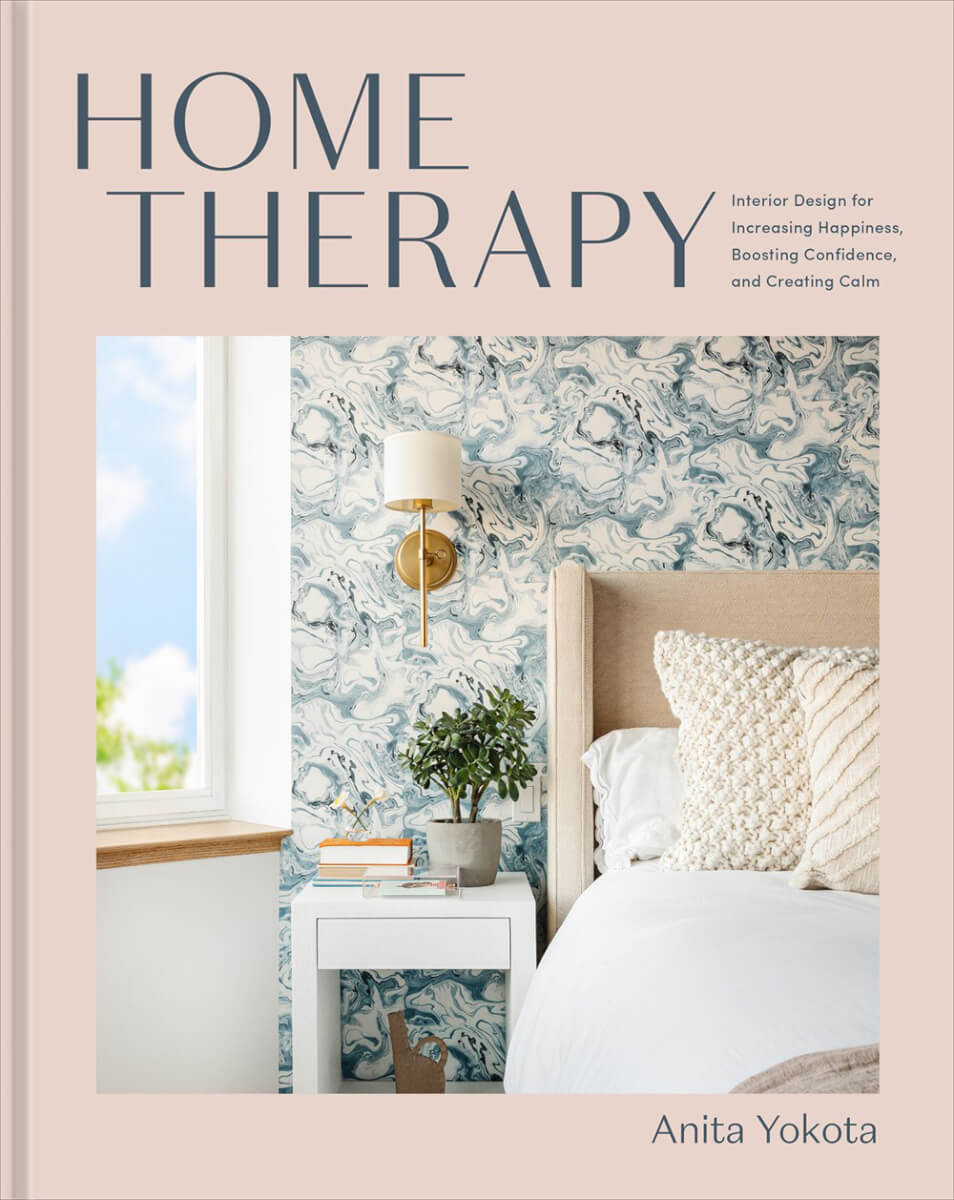Elizabeth and Ethan Finkelstein launched the @cheapoldhouses Instagram account in 2016, delighting followers with the boundless possibilities of starting over with a fresh—albeit dusty—slate. Even if you don’t dream of rescuing a fixer-upper, the notion is endlessly enchanting and story-rich, which is why “Cheap Old Houses” is yet another successful HGTV series. For those of us who’d rather read than stream or scroll, enter its book form: Cheap Old Houses: An Unconventional Guide to Loving and Restoring a Forgotten Home, in which architecturally sound buildings priced beneath $150K are restored to livability. The Finkelsteins note that the buyers have “discovered astonishing purpose by devoting attention to a home that needs love,” a path to fulfillment I can totally get behind, despite my total lack of carpentry skills. There are how-tos sprinkled within (“Painted Woodwork: To Strip or Not to Strip?”) but the focus is on the amazing stories and images of a wide range of old buildings—from mansions to farmhouses to cabins, and even a hydropower station—and the people who gave them new life. The details and features that have survived in highly dilapidated structures are awe-inspiring but also educational: If you’ve wondered just what plaster-and-lath is, now you’ll know.
Review by Susannah Felts
Cheap Old Houses takes the titular Instagram account and HGTV show to the page, showcasing former fixer-uppers transformed into enchanting, livable homes.






















